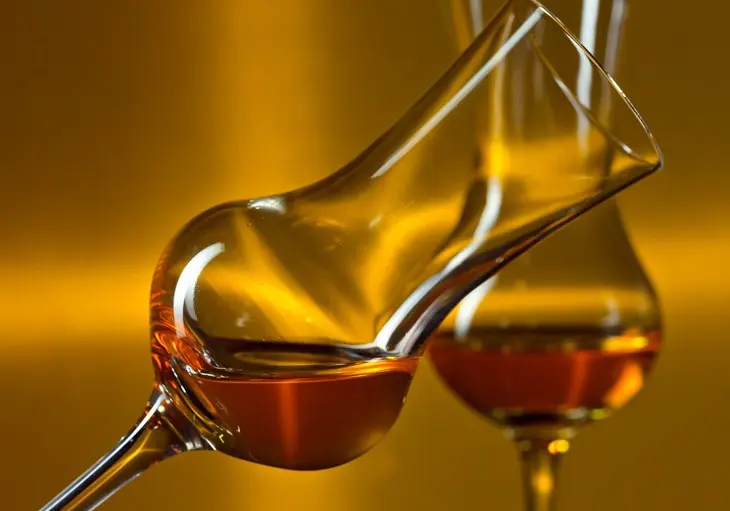A recent study by the Wine Market Council (WMC), in partnership with demographic research group Ethnifacts, highlights a growing disconnect between younger, multicultural consumers and the traditional wine industry. According to WMC President Liz Thach, this research aims to address the needs of a demographic that feels overlooked and uninvited to the “wine club.”
The two-part study began with a “shop-along” involving 27 young adult and multicultural shoppers who documented their purchasing decisions in both on- and off-premise channels. A key takeaway from this research is that many participants view wine as overly complicated and feel alienated from the culture surrounding it.
“A lot of them feel like wine is a club and they’re not invited,” said Ethnifacts CEO Mike Lakusta. He emphasized that while the industry has long dictated how wine should be consumed, many consumers prefer to enjoy it on their own terms.
During a webinar on September 19, Lakusta urged the wine industry to adopt a more creative approach, enhance diverse representation, and simplify wine options for entry-level consumers. He noted that the industry has focused too much on enticing existing consumers with high-priced bottles, neglecting novice drinkers.
Clarity in the Wine Aisle
Despite the vast selection available, younger shoppers often hesitate to explore new options in the wine aisle. Only three participants navigated the entire section without encouragement, typically sticking to their preferred types. Lakusta suggested that retailers could boost consumer confidence by providing clearer cues and information.
While many retailers categorize wines by region or grape variety, there is a pressing need for more accessible information aimed at novice consumers. Lakusta pointed out that current marketing language often misses the mark, stating, “No one in this age group knows what a currant is. We need to use descriptors that resonate with them.”
One participant praised a “Simplified Reds” sign at his local grocery store, which clarified what to expect from various red wines. Suggestions included implementing QR codes to offer additional information without cluttering labels, while others indicated they often rely on staff picks for guidance.
The overwhelming variety in the wine aisle can deter purchases, with some respondents opting for more familiar beverages like beer or seltzer. “I think they could probably have a little less selection because it’s too hard,” one female participant remarked, explaining her preference for beer.
Price Sensitivity and Packaging Preferences
Price is a significant factor in wine purchasing decisions, with most respondents favoring bottles priced between $10 and $15. Special occasions may warrant spending more, but casual settings typically prompt consumers to stick to lower-priced options. One participant noted that her budget fluctuates based on other weekly expenses, often leading her to select $10 bottles.
Opinions on wine label aesthetics varied, with some favoring bright, modern designs while others preferred classic European artwork, which they associate with quality. Lakusta emphasized the importance of using clear, relevant information and avoiding confusing jargon.
Participants appreciated the sweetness scale from the International Riesling Foundation, suggesting similar visual aids for other wine styles. Lakusta also recommended that retailers host tasting events and pair them with recipe cards to provide practical contexts for enjoying wine.
Innovative Approaches to Wine Lists
Feedback on restaurant wine lists was similarly critical. One participant expressed disappointment over the lack of creativity in wine selections compared to vibrant cocktail menus. “The wines have zero distinction,” she noted, emphasizing the need for engaging descriptions and visual appeal.
Lakusta advocated for more dynamic wine menus, suggesting they include brand names, regions, alcohol content, vintage, and engaging descriptors. In longer wine lists, he proposed sorting options by style or intensity, rather than just color.
The need for quick decisions often leads consumers away from wine in high-energy settings, where spirits and cocktails are preferred for their immediate effects. However, Lakusta sees potential for wine to be integrated into social events, arguing that wine should be associated with fun and community experiences.
One consumer suggested hosting wine-related activities, such as trivia nights or themed food pairings, to encourage social interaction. Lakusta echoed this sentiment, stating, “Wine needs to be fun again. We need to give them a reason to drink wine.”
As the industry grapples with evolving consumer preferences, the findings from this study emphasize the necessity for a more inclusive and innovative approach to attract younger, multicultural audiences.
You Might Be Interested In:


